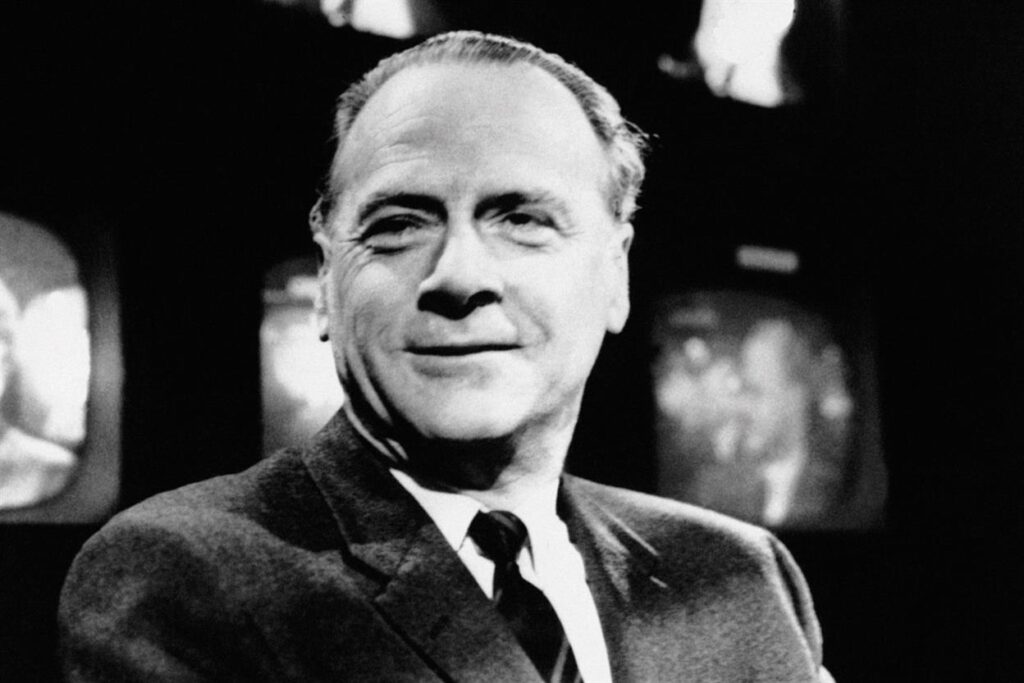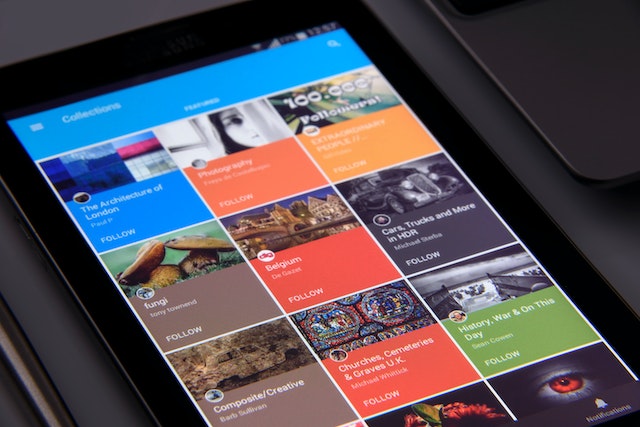Marshall McLuhan helped to popularize interpretive or alternative paradigms during the early 1960s. One of his most famous quotes from him is, “the medium is the message”. One strong point of McLuhan is that “what really matters is not whether or how people are changed by the content of the messages they receive (as in the effects paradigm), but rather how society is changed by the dominant way in which messages are communicated” (Rosenberry & Vicker, 2017, p. 136). I agree that technology changes society and how we view the world around us. However, I do think that the message’s content is also important. I think this theory may oversimplify the importance of the message and how the content also affects society.
Another strong McLuhan point is the idea that the electronic media can create a “global village.” A global village describes the way that the media has caused the world to become more interconnected. I also agree with this. In today’s world, smartphones, television, and social media, people can connect together in real-time to discuss many different topics. McLuhan came up with the idea of the global village before the Internet was created, however; the concept applies to the Internet almost eerily. I think this concept is one of his strongest ideas. One limitation of McLuhan’s point is that it does not fully encompass the media’s effects on just how interconnected society is. Electronic media has developed so much more since McLuhan’s global village theory, and a more complex term/theory is now needed to examine the interconnectedness of society. The theory should also address deeper the ways that misinformation has and continues to affect society.

McLuhan’s central idea is that, “a society dominated by electronic media will differ from a print-dominated one because people relate to the world around them according to which senses they use to learn about it,” (Rosenberry & Vicker, 2017, p. 135). Electronic media differs from print media mainly because of its ability to allow society to connect instantaneously and content is able to be accessed at any time. This type of connection has effected society because it also has allowed more people and media platforms to disseminate messages. One limitation of McLuhan’s ideas is the way that he describes media. Many critics have discussed this point. When he referenced media, it is a general sense which fails to provide a detailed analysis of some of the key ways that different mass media avenues effect society.


